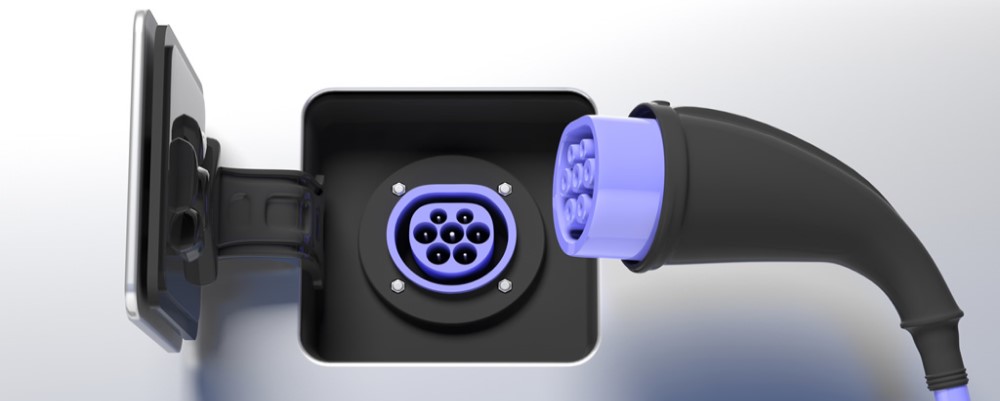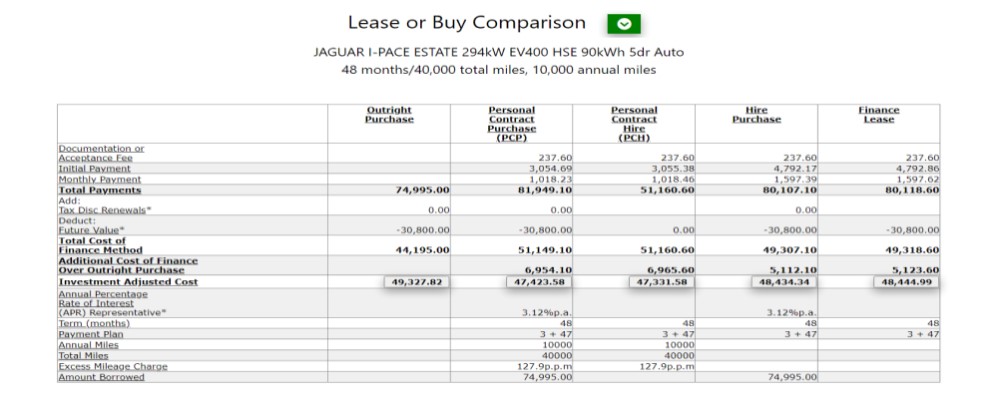ICE or Electric: Charging An Electric Car Away From Home
How to get your electric car connected on the road
Charging An Electric Car Away From Home

6 August 2020
Making A Connection On The Road
Once you're away from home in your electric car, unless you manage your battery range and mileage very carefully, you're eventually going to need to recharge your EV at a public or private charge point.
Recharging your electric vehicle at a roadside or car park charge point presents two problems:
- Finding a charger with the correct power output and connector for your electric vehicle.
- Paying for your recharge.
Fortunately, the solution to your first problem can often be found in the answer to the second.
Unless you're travelling to a business place or friend's house where you know you can plug-in, you'll normally need to join one of the recharging subscription services for electric cars.
This is because charge points in public places or at supermarkets and service stations are typically run by companies who only allow members of their service to recharge at their charge points.
The good news is that, normally, they will have a smartphone app or a website with details of their charge points and the fees for using them.
Some require a monthly subscription, whilst others also offer a Pay And Charge ('PAC') option so you can use them as little or as often as you want, though you will typically pay more per recharge for 'PAC' than with a regular subscription.
Quite often you can sign-up on-the-spot to a recharge service at the actual charge point, so if you find an available charge point and you're not already a member of the charge point owner's service you can just join immediately if you have a debit or credit card.
How Do I Connect?
Getting an recharge isn't as easy as just arriving and plugging in. Finding the correct away charger for your electric car or van is vital, especially for many of the early electric vehicles.
This is especially true for older electric cars because the charging capacity of older electric vehicles is much lower than more recent models and the charge rate needs to be slower to prevent damage to the batteries and associated charge management components.
And the range of different charging cables also adds another layer to the complexity of away charging.
Not all connectors are the same. The manufacturer of your electric car or van will have provided you with a cable, in fact usually two so you can use both slower home chargers and fast or rapid chargers on route.
But there are variations in the types of electric charger connections due to evolution in the capabilities of electric vehicle charge points.
When you look into the front of a connector in your car you will typically see a profile that looks something like this:

But the actual profile of the socket could look like any of these below or one of the proprietary sockets for Teslas (the one in our photo above is a Type 2, the last one in the image below).
TYPICAL EV SOCKETS*

*There are other adaptations of the above profiles too
Electric car connectors have been given some memorable model names, including CHAdeMO, CCS (Combined Charging System), Mennekes (a brand name) and Type 2 or Tesla Type 2.
Fortunately you can look up the type of connector on your new EV by clicking here.
What Should I Connect To?
When you're on the look-out for charging stations you'll find quite a range, so here's our guide to the types of charger you're likely to come across.
- Slow Charger: These typically provide a 3kW charge rate, though some lamppost chargers now provide 6kW. They typically don't have a tethered cable so you'll need to provide your own. Charge times are typically between 6-12 hours for a full charge, depending on battery capacity.
- Fast Charger: Normally providing 7kW, a fast charger will typically charge a compatible EV in about 4-6 hours, though more powerful 22kW fast chargers can do it in 1-2 hours. Once again you'll need to provide your own cable.
- Rapid Charger: This class of charger provides the fastest type of charging that's available generally in the UK at the moment. Typically rated around 43-50kW, rapid chargers have tethered cables so you will need to find one with the correct type of connector for your electric car or van. A rapid charger should recharge your EV to 80% of battery capacity in around 30 minutes.
- Ultra-Rapid Charger: These charge points aren't as widely available as Rapid Chargers but the numbers are growing. They can provide 100kW or more, providing a full recharge for compatible vehicles in less than an 45 minutes. These chargers will also work with some earlier cars that can take 50kW recharging as they match the charge to the vehicle's ability to accept power.
- Tesla Superchargers: Designed only for Tesla cars, these charge points can provide up to 150kW of recharge power through a special Tesla-only connector. Depending on your model of Tesla you may need a special adapter to connect to their Superchargers.
Finding A Charger
This could be the trickeiest part of all, but three solutions are available:
- Local knowledge: You'll get this simply by driving your electric car and observing where chargers are located.
- Your subscription service: They'll normally provide you with a smartphone app to find your nearest charger point.
- A charger map service: Smartphone apps are available now with the locations of electric car chargers all over the UK, irrespective of the subscription required.
Workplace chargers
If your employer has installed chargers at your workplace to encourage employees to drive electric vehicles then, assuming they're free, you get to double dip.
Not only will your recharging be free, but HM Revenue & Customs doesn't treat free fuel for electric cars as a taxable perk.
Related Tools
Related Posts
What Else Do We Do?
DriveSmart has a unique suite of free online tools to help you find the right car.
Take a look at some of our amazing calculators and decision tools for new car buyers.
-
Lease or Buy?
Could you lease a new car for less than the cost of buying? Our lease calculator will work out the best finance method for you. -
ICE or Electric?
Would an electric car be cheaper than petrol or diesel? Our ICE or electric calculator compares running costs instantly. -
Cash or Car?
Could you give up your company car for a cash allowance? Our 'cash or car' calculator will tell you. -
Car Search
Find your next new car by monthly payment, standard equipment, performance, economy and more .... -
iceorelectric.com
Why not visit our iceorelectric.com website and see for yourself the amazing range of tools and analysis? We'll keep your place here while you browse.






